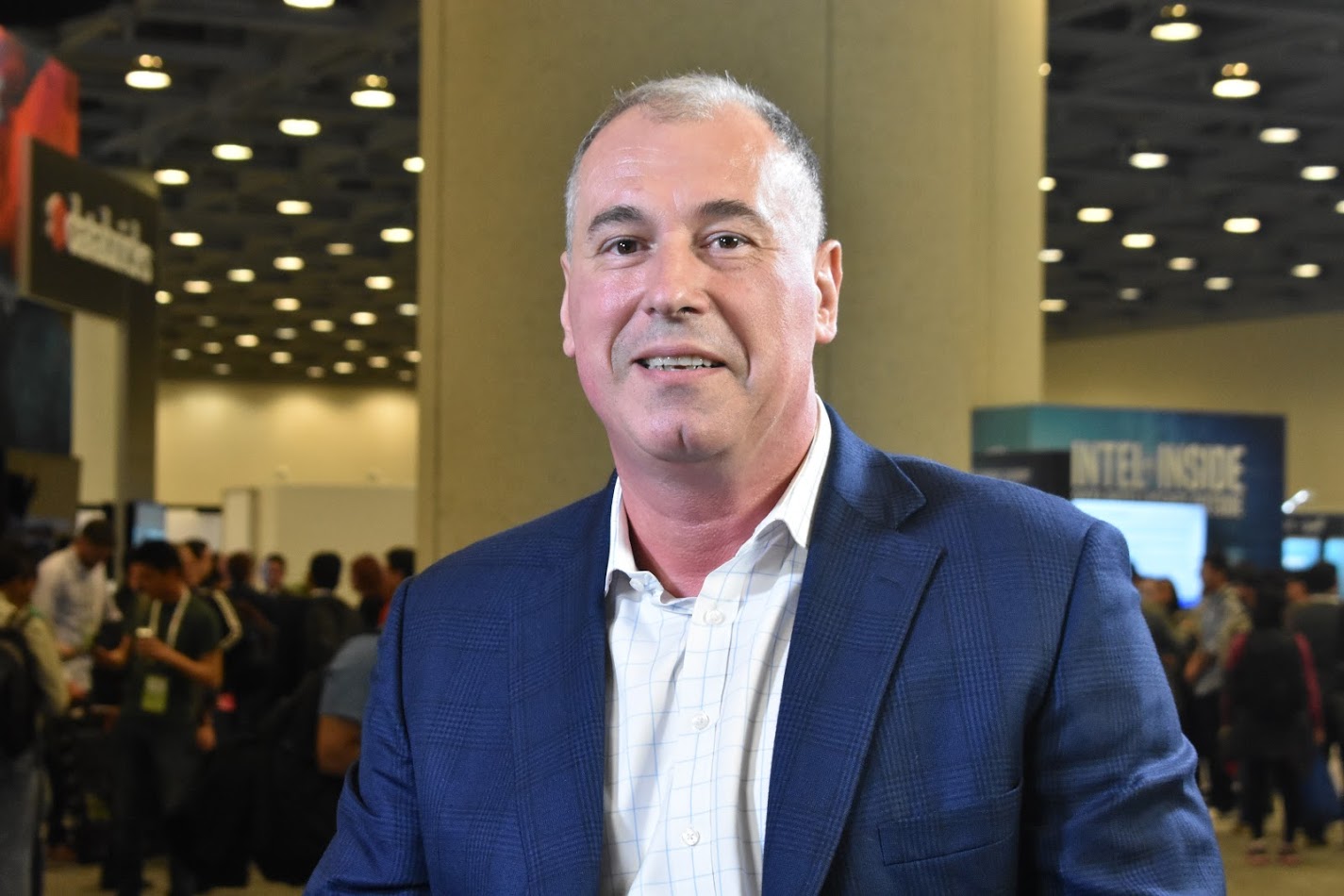 BIG DATA
BIG DATA
 BIG DATA
BIG DATA
 BIG DATA
BIG DATA
Good data is business gold. With it a company can predict trends, secure new customers and cut costs. Processing data to find the good stuff can take a while, though, and requires storage. Then there’s the added data pouring in from Internet of Things devices, where data comes in from the edge of the network with all the cost and latency that implies. There’s a growing market in solutions to these problems, according to Octavian Tanase (pictured), vice president of the Data ONTAP Software and Systems Group at NetApp Inc.
“Data is the new currency of the 21st century,” Tanase said during Spark Summit in San Francisco, California.
Tanase spoke with David Goad (@davidgoad) and George Gilbert (@ggilbert41), co-hosts of theCUBE, SiliconANGLE’s mobile live-streaming studio, about changes in how data is stored and life at the edge. (* Disclosure below.)
Now that data is becoming a new currency, developers and analysts are looking toward the next application for mining data. NetApp, as a data management business, is very interested in working with companies like Databricks Inc. to enable new data mining solutions, according to Tanase. These solutions, in turn, help harness the power of data.
The original track for dealing with data was to invest in a data lake, a massive storage system. This was simple to manage, but it took time to work with data in the lake, Tanase explained. Now, data is seen as more dynamic, and there’s a push toward inline, real-time analytics.
“I see new companies looking to take advantage of this revolution that is happening around data,” he said.
Enterprise customers are also seeing the benefit of dynamic data, which they find in the cloud. They want to take advantage of the agility and flexibility of the cloud. This is another example of the idea that people want to process data in real-time regardless of where the data is.
Another driver comes from the edge, where the data is gathered. Moving data from the edge to a lake takes time and money. Working with the data on the edge itself is one solution. Another is reducing and compacting the data that must be sent back. A company can use the data at the edge to make smart decisions in real-time and then ship it back to a central data center for processing, Tanase stated.
Watch the complete video interview below, and be sure to check out more of SiliconANGLE’s and theCUBE’s independent editorial coverage of Spark Summit 2017. (* Disclosure: NetApp Inc. sponsored this Spark Summit 2017 segment on SiliconANGLE Media’s theCUBE. Neither NetApp nor other sponsors have editorial control over content on theCUBE or SiliconANGLE.)
Support our open free content by sharing and engaging with our content and community.
Where Technology Leaders Connect, Share Intelligence & Create Opportunities
SiliconANGLE Media is a recognized leader in digital media innovation serving innovative audiences and brands, bringing together cutting-edge technology, influential content, strategic insights and real-time audience engagement. As the parent company of SiliconANGLE, theCUBE Network, theCUBE Research, CUBE365, theCUBE AI and theCUBE SuperStudios — such as those established in Silicon Valley and the New York Stock Exchange (NYSE) — SiliconANGLE Media operates at the intersection of media, technology, and AI. .
Founded by tech visionaries John Furrier and Dave Vellante, SiliconANGLE Media has built a powerful ecosystem of industry-leading digital media brands, with a reach of 15+ million elite tech professionals. The company’s new, proprietary theCUBE AI Video cloud is breaking ground in audience interaction, leveraging theCUBEai.com neural network to help technology companies make data-driven decisions and stay at the forefront of industry conversations.